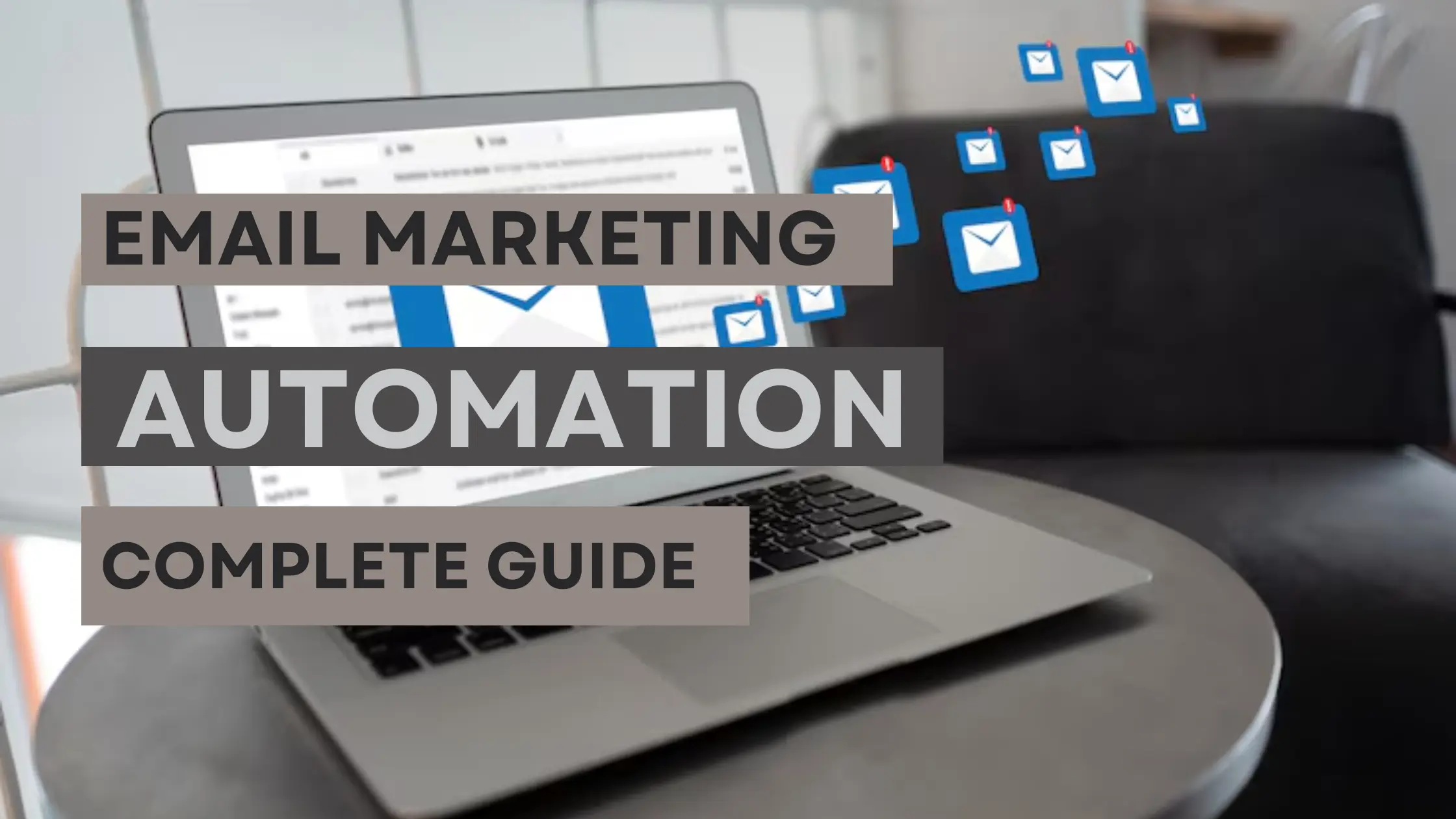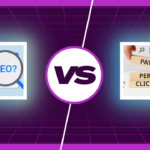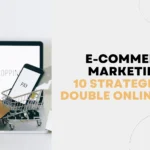
Email Marketing Automation: Complete Beginner’s Guide
- Zerototop
- June 26, 2025
- Email Marketing
- Email Marketing Automation, Email Marketing Strategy
- 0 Comments
Introduction: Why Email Marketing Automation Matters in 2025
In today’s digital age, email marketing continues to dominate as one of the most cost-effective and highest ROI channels available. However, doing it manually can be time-consuming and inconsistent. That’s where email marketing automation steps in. By automating emails based on user behavior, businesses can create more relevant and timely communications.
Whether you’re running an online store, SaaS platform, or service-based business, email automation enables you to connect with your audience at the right time, with the right message, and without constant manual effort. This guide will help beginners understand how automation works, why it’s important, and how to implement it effectively in 2025.
What is Email Marketing Automation?
These emails are often behavior-driven, meaning they respond to user actions such as subscribing to a newsletter, making a purchase, or abandoning a cart. Instead of sending bulk emails manually, automation allows marketers to build personalized email journeys that guide the user through the customer lifecycle. From welcome sequences to re-engagement emails, automation creates a smarter and more efficient way to manage email communication at scale.
Benefits of Email Marketing Automation
One of the biggest advantages of email automation is the amount of time it saves. Once a workflow is set up, it runs on autopilot, allowing you to focus on other marketing tasks. It also significantly improves user engagement because emails are personalized and delivered at optimal times. Conversion rates see a lift as users receive messages tailored to their specific interests or actions. Lastly, it reduces the risk of human error by automating tasks that would otherwise be manual and repetitive.
Essential Email Automation Workflows
There are several automation workflows that beginners should consider implementing first. A welcome series is crucial as it creates the first impression and sets the tone for future communication. Abandoned cart emails help recover lost revenue by reminding users to complete their purchases. Post-purchase follow-ups improve customer satisfaction and build loyalty by thanking customers or requesting reviews. Re-engagement campaigns target inactive subscribers and attempt to bring them back. Delivering lead magnets automatically, such as free ebooks or courses, also builds trust and keeps the user engaged from the start.
Top Email Marketing Automation Tools in 2025
- ActiveCampaign suits growing businesses with its advanced automation and built-in CRM features.
- Klaviyo is a favorite among eCommerce businesses for its tight Shopify integration and predictive analytics.
- ConvertKit is tailored for creators and solopreneurs who need simple yet powerful workflows.
- Brevo, formerly Sendinblue, offers an affordable all-in-one platform that includes email, SMS, and automation features. Each of these tools supports automation, segmentation, and tracking, which are essential for success.
The first step in setting up your automation is to clearly define your goal. Are you looking to drive conversions, nurture leads, or increase engagement? Once your goal is clear, segment your audience based on relevant criteria such as behavior, demographics, or funnel stage. Next, choose a trigger like a user signing up or making a purchase that will start the automation sequence. Then, write concise and compelling email content that adds value to the user. Set your timing carefully, spacing out emails to avoid overwhelming your audience.
Finally, test everything. A/B testing different subject lines or send times can significantly improve performance.
Best Practices for Email Marketing Automation
When it comes to best practices, personalization is key. Use dynamic fields such as first names and tailor content based on user interests. Make sure your emails are optimized for mobile devices, as a majority of users check their email on phones. Always monitor your key performance indicators (KPIs) like open rates and click-through rates to track success. Respect user privacy by including unsubscribe links and honoring opt-out requests.
Common Mistakes to Avoid
Many beginners make the mistake of sending too many emails, which can lead to high unsubscribe rates. Others ignore user behavior, sending generic messages that don’t resonate. Poor segmentation results in irrelevant content, reducing engagement and damaging your sender reputation. Another common issue is creating overly complex workflows that are difficult to manage or troubleshoot. Finally, failing to test your emails can lead to missed opportunities or technical issues going unnoticed. Avoid these pitfalls to ensure your automation efforts deliver real results.
Final Thoughts: Automation + AI = Future of Email Marketing
As AI becomes more advanced, it’s playing a greater role in how email automation works. Tools now offer predictive analytics, smart segmentation, and even subject line optimization powered by machine learning.

